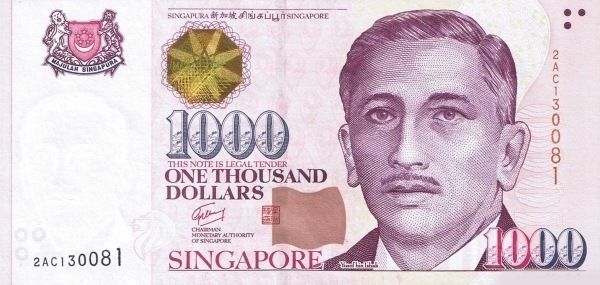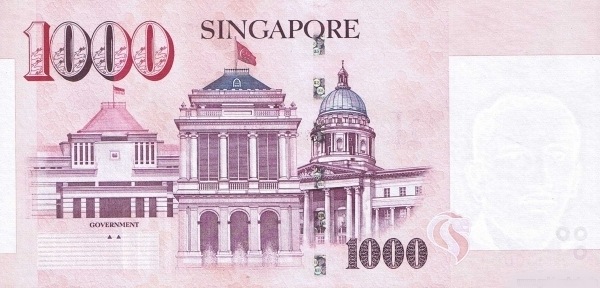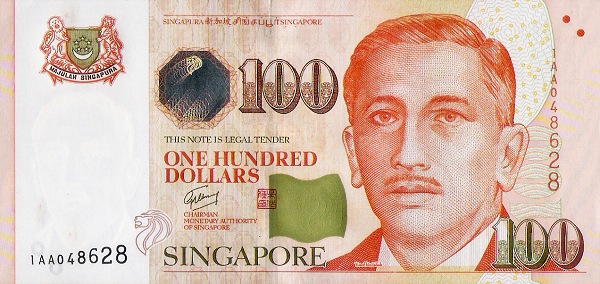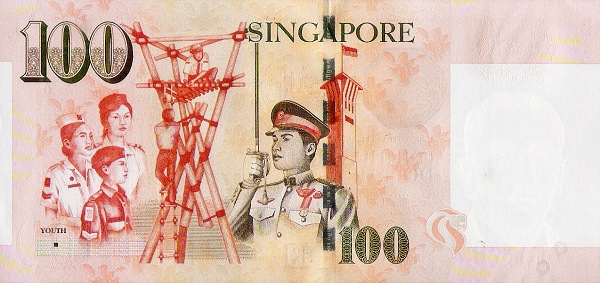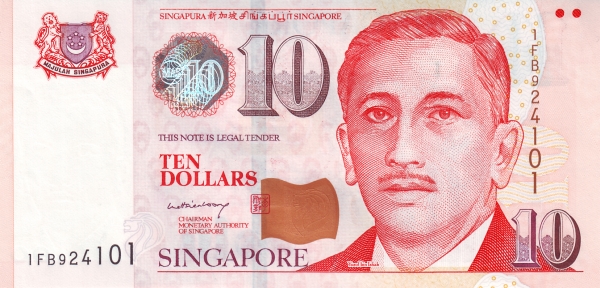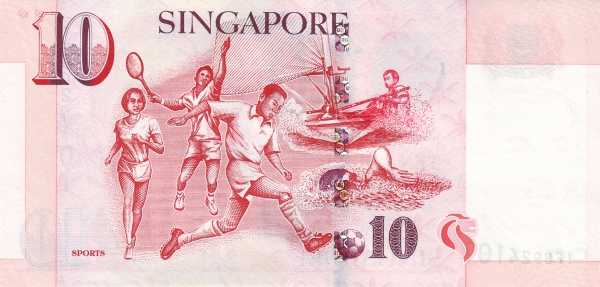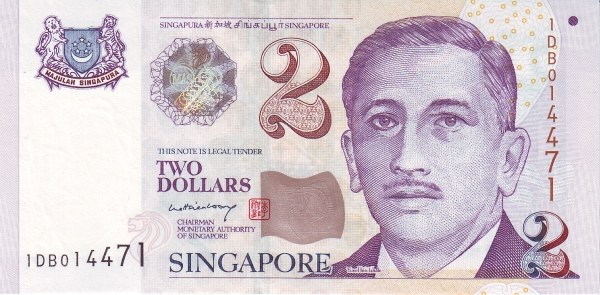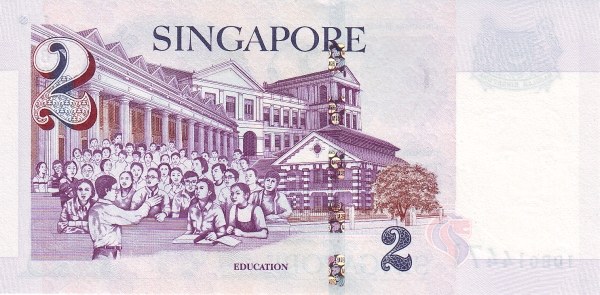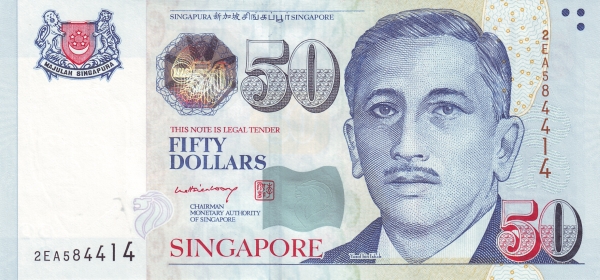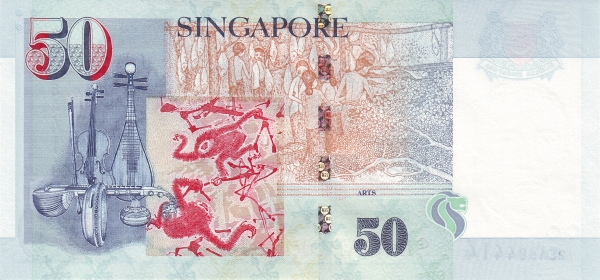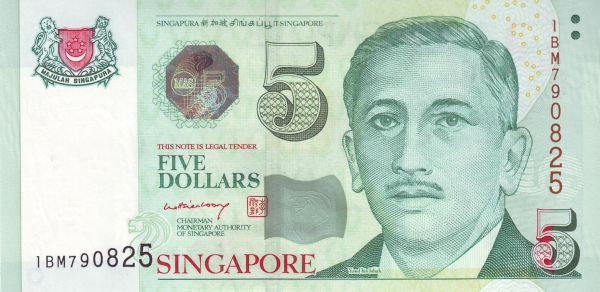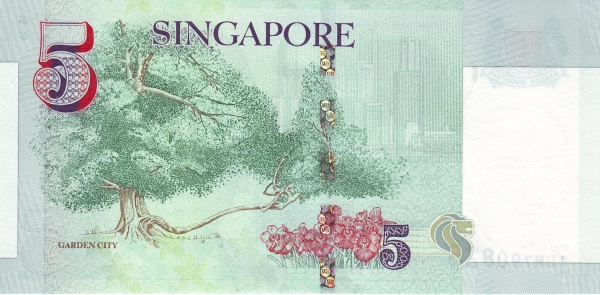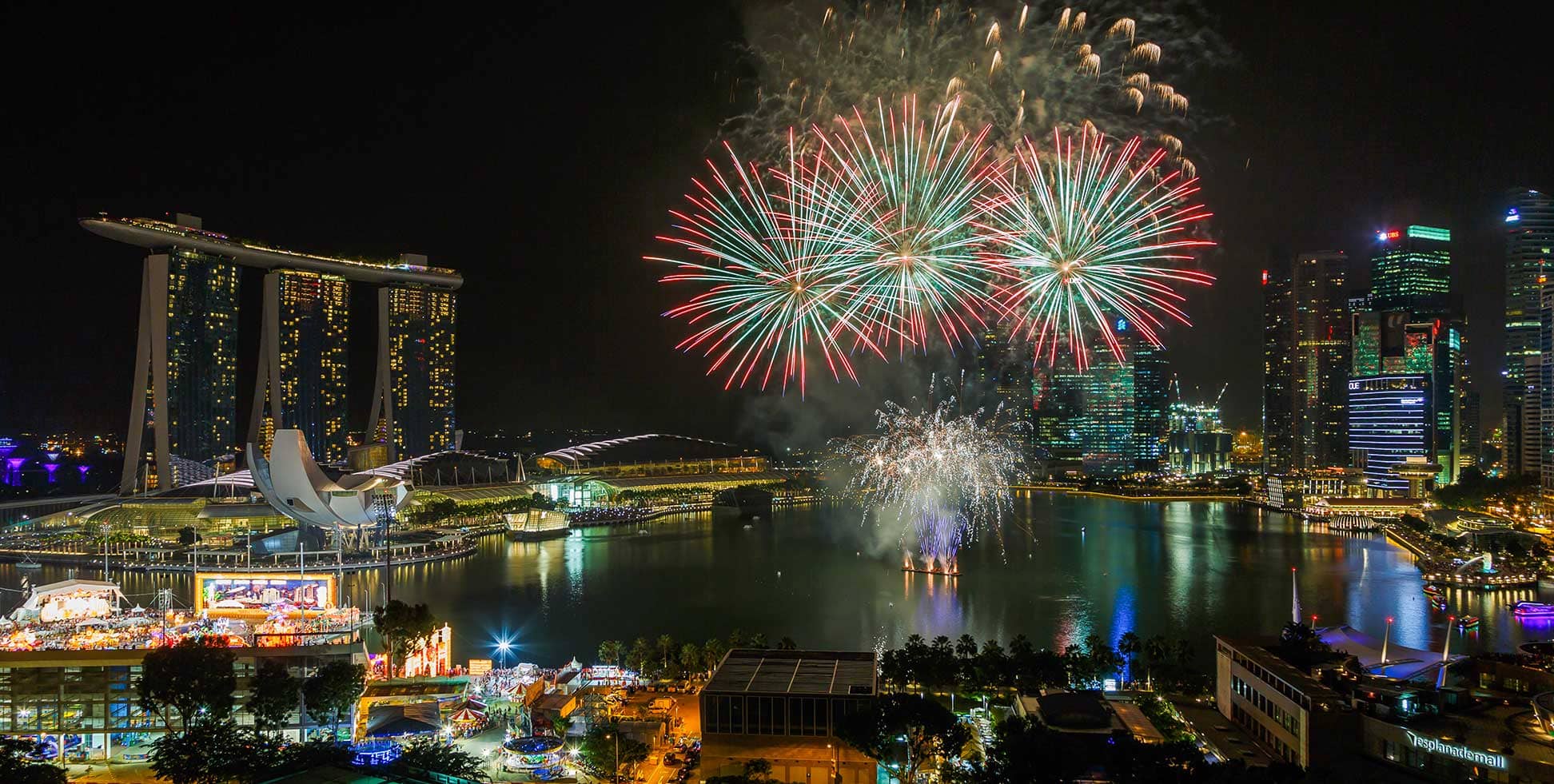Discovering Singapore: An Overview
Singapore, a vibrant multiethnic city-state, is located in Maritime Southeast Asia. Positioned approximately 140 km (87 mi) north of the equator, it sits just south of the Malay Peninsula. The Straits of Johor act as a natural boundary between Singapore and Malaysia. Strategically, this tiny archipelago resides along some of the world’s busiest shipping lanes, where the Strait of Malacca converges with the South China Sea. Furthermore, the Strait of Singapore separates the nation’s islands from the southern Indonesian Riau Archipelago. Gaining independence in 1965, Singapore evolved from a former British colonial trading post into a thriving independent nation.
The Geography and Infrastructure of Singapore
Officially recognized as the Republic of Singapore, this country is fondly referred to as the Lion City, or Singapura. The main island, along with about 64 smaller islands, constitutes Singapore's territory. Notable offshore islands include Sentosa, Pulau Ubin, St John's Island, and the Sisters' Islands. To connect with Malaysia, two vital bridges exist. First, the Johor–Singapore Causeway links Singapore directly to the Malaysian city of Johor Bahru. It is impressive to note that Singapore shares maritime borders not only with Malaysia but also with Indonesia, enhancing its strategic importance in the region.
With an area of just 718 km², Singapore ranks as the smallest state in Southeast Asia. For perspective, this is roughly one-fourth the size of Luxembourg or a little more than 3.5 times the District of Columbia in Washington, D.C. Despite its small size, Singapore boasts a population of around 5.7 million people based on 2020 statistics. Out of this total, approximately 4 million comprise the resident population. A diverse tapestry of cultures thrives here, with languages such as English (the language of administration and education), Malay, Mandarin Chinese, Tamil, and Singlish—the colloquial local creole—widely spoken.
A Rich Historical Background
Singapore has a fascinating history, shaped by various rulers and cultures. In the past, it served as an outpost of the ancient Sumatran Srivijaya empire. During the 15th and 16th centuries, the area fell under the jurisdiction of the Sultanate of Johor. However, in 1617, Portuguese forces devastated the settlement, marking a turbulent era. It was not until the early 19th century that Singapore transformed into a bustling trade post and settlement for the British East India Company, ultimately becoming a British crown colony.
Population Density and Economy
In terms of population density, Singapore stands out as one of the most densely populated independent countries globally, alongside Monaco. Its strategic positioning at the intersection of essential shipping routes greatly contributes to its economic prosperity. The country’s government has built a reputation for being mostly free from corruption, creating a robust base that attracts international investment. Additionally, its skilled workforce and welcoming attitude towards foreign investments have paved the way for a thriving free-market economy.
Political Framework of Singapore
The political landscape of Singapore operates as a parliamentary representative democratic republic. Although it functions as a multi-party system, the People’s Action Party (PAP) has dominated Singapore's political scene since 1965. Some critics argue that this dominance leads to Singapore being classified as a one-party state. In this framework, the President serves as the head of state, while the Prime Minister, appointed by the President, assumes the role of head of government. Together, they form the Cabinet, representing the executive branch of Singapore's governance.
Active Citizen Participation
In Singapore, voting remains mandatory for all eligible citizens during presidential and parliamentary elections. This compulsory voting system underscores the nation's emphasis on civic duty and engagement. Despite challenges faced by critics regarding political diversity, Singapore consistently ranks within the Top 10 least corrupt countries according to Transparency International. This steadfast commitment to integrity reinforces a political environment that seeks to foster trust among its citizens.
Captivating Insights About Singapore
Beyond politics and economics, Singapore exudes a unique charm that captivates residents and visitors alike. The beauty of its lush parks, vibrant neighborhoods, and a tantalizing fusion of culinary offerings reflects its diverse culture. Additionally, with attractions like Marina Bay Sands and Gardens by the Bay, Singapore combines modernity with nature, offering breathtaking views of the skyline. Furthermore, its rich tapestry of festivals and celebrations, from the colorful Chinese New Year to the festive Deepavali, showcases the harmonious coexistence of its multicultural society.
Conclusion
In essence, Singapore stands as a remarkable city-state with a rich history, vibrant culture, and a thriving economy. Its strategic location, coupled with a commitment to governance and civic engagement, demonstrates why this island nation remains a focal point in Southeast Asia. Moving beyond mere statistics, Singapore pulsates with life and opportunities, making it a truly unique destination.
Largest cities of: Singapore
| City Name | Population | Year of foundation | |
| Singapore | 5,700,000 | 1819 | |
| Bedok | 280,000 | 1819 | |
| Tampines | 250,000 | 1997 | |
| Jurong East | 200,000 | 1997 | |
| Bukit Batok | 150,000 | 1988 | |
| Toa Payoh | 130,000 | 1956 |
Singapore: Money
